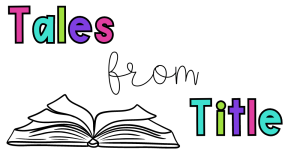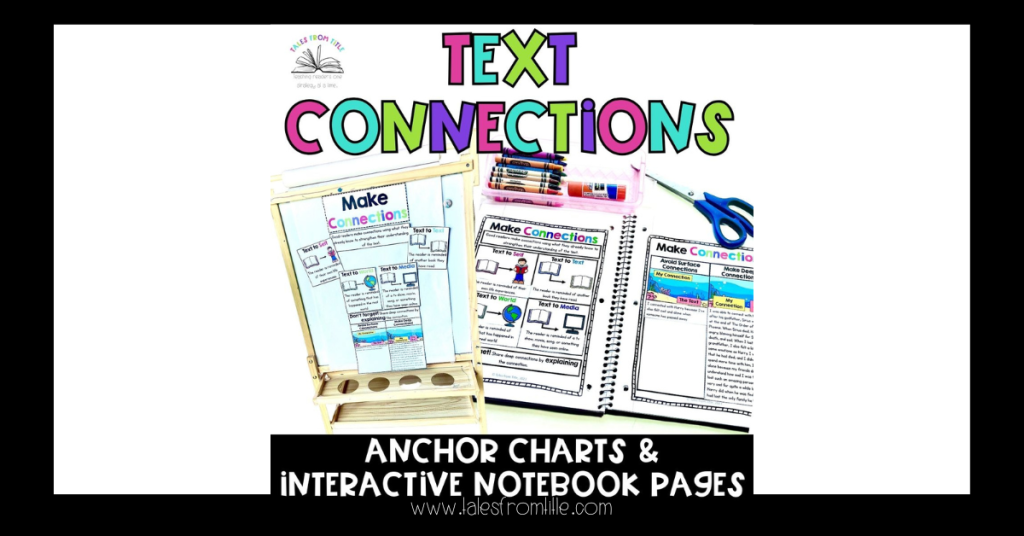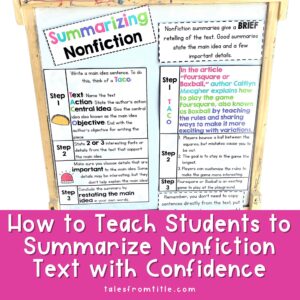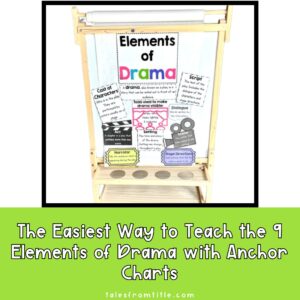When reading, we often find ourselves captivated by the stories an author tells. But, have you ever wondered why some stories leave a lasting impact on us, while others fade away into the recesses of our minds? The secret to making a connection lies in the art of linking the text to our own experiences, other books, the world around us, and even the media that surrounds us.
In today’s post, we’ll take a closer look at the four types of text connections – text to self, text to text, text to world, and text to media – and explore how they can enhance a student’s reading comprehension.
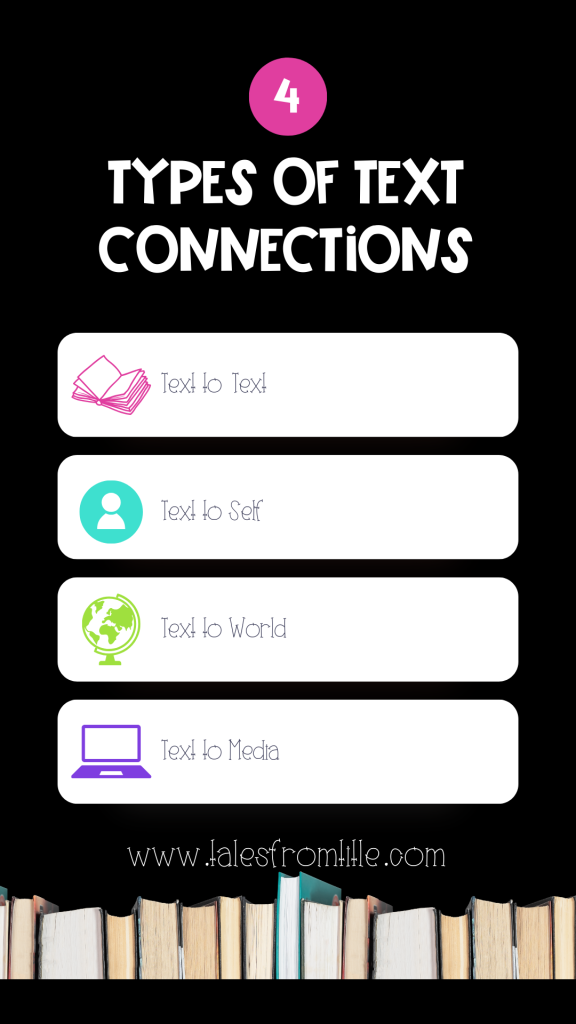
Text to Self Connections
Text to Self Connections occur when students find themselves relating the story they’re reading to their own experiences, thoughts, or emotions. These connections allow them to develop a deeper understanding of the characters and their journeys. Think about it: have you ever read a book where a character faced a similar challenge to one you’ve faced in real life? With these text to self connections it is so easy to relate to a character because you’ve experienced something similar. This type of connection is great for students to make because it’s like finding a kindred spirit on the pages of a book, and it adds a personal touch to our reading experience. Thus, having prior knowledge and experiences similar to the story they are reading allows students to have a deeper understanding of the text.
Text to Text Connections
Now, let’s imagine you’ve just finished reading an incredible book that left you hungry for more. This is where text to text connections come into play. When we make connections between different books, we start seeing patterns, themes, and ideas that go beyond individual stories. It’s like connecting the dots and creating a web of literary knowledge in our minds. These connections can help us draw comparisons, contrast different perspectives, or even notice the evolution of similar themes across time.
Text to World Connections
Reading allows us to travel to different times, places, and cultures without even leaving our cozy reading nooks. But what if we could go one step further and connect those stories to the real world? Text to world connections enable us to bridge the gap between fiction and reality. When we relate the events, issues, or themes in a book to the world we live in, we gain a broader perspective. It’s like holding a mirror up to society and recognizing the relevance of literature in our everyday lives.
Text to Media Connections
In today’s digital era, our reading experiences aren’t confined to the pages of a book alone. Movies, TV shows, podcasts, and even social media platforms have become extensions of the stories we love. Text to media connections allow us to explore how stories are adapted and presented in different mediums. For example, have you ever watched a movie adaptation of a book and noticed how certain scenes came to life? Or perhaps you stumbled upon a podcast discussing the themes of a book you recently enjoyed? These connections add another layer of our understanding and appreciation of the text.
Helping students learn about and understand how to make meaningful text connections allows them to have the power to unlock a world of connections within the stories we consume. By making text connections students can elevate their reading experience to new heights. Make sure you are taking time to not only teach students the types of text connections, but also encouraging them to make sure they are making deep connections that both explain and explore their connection to the text. These connections will enable students to delve deeper into the wonderful world of literature.
Need help teaching or reteaching students how to make text connections? Check out my anchor charts and interactive notebook pages. The best part? They come with lesson plans! 😄
